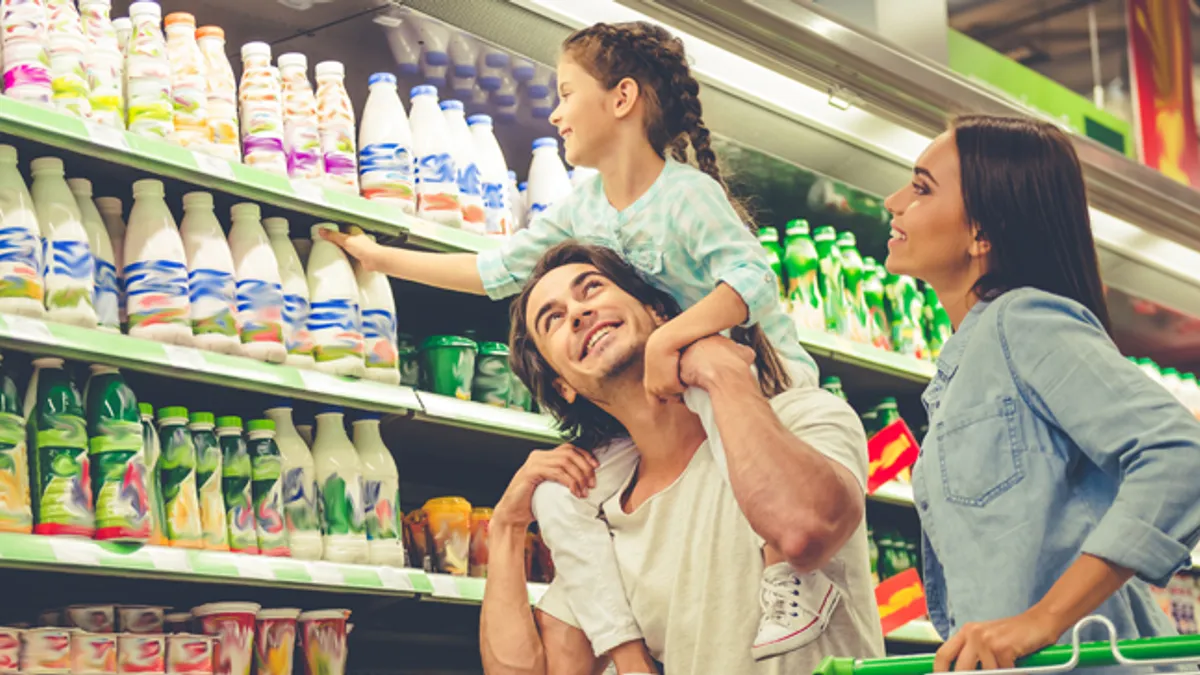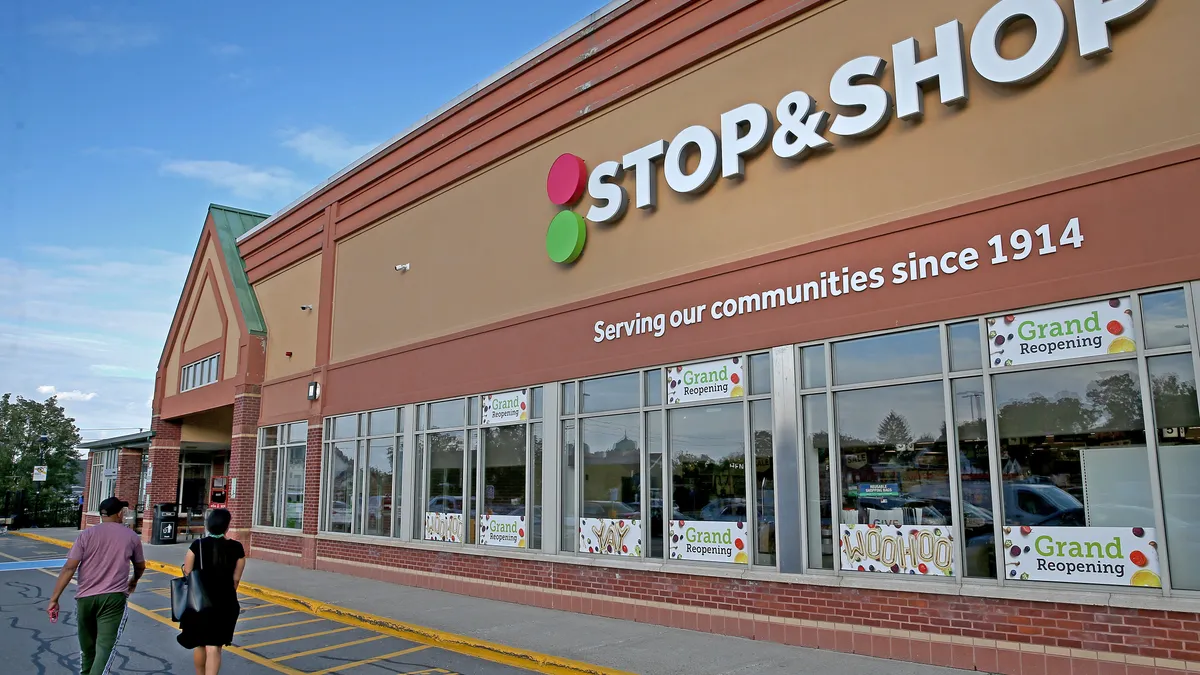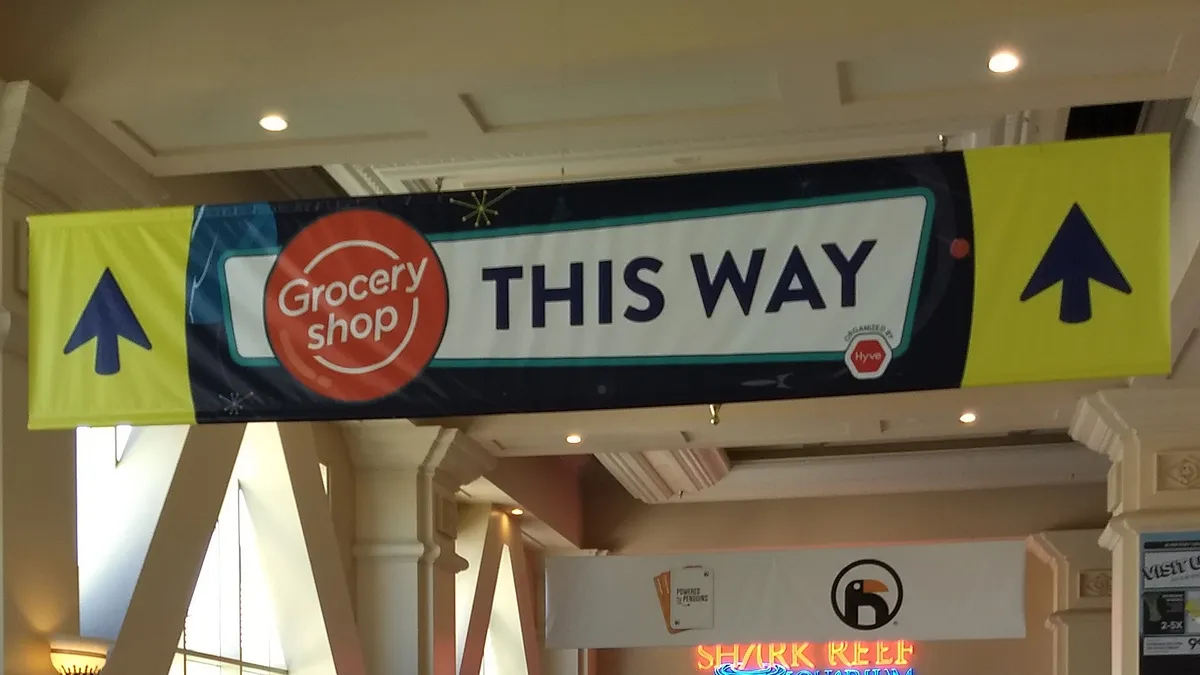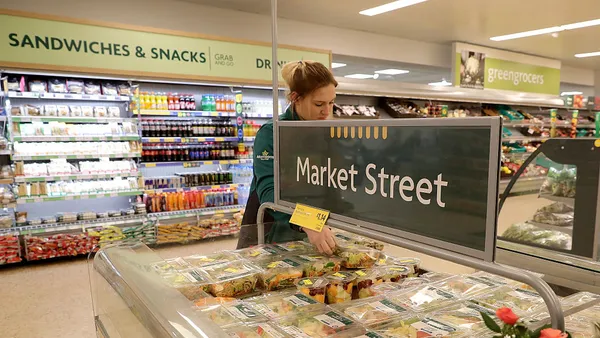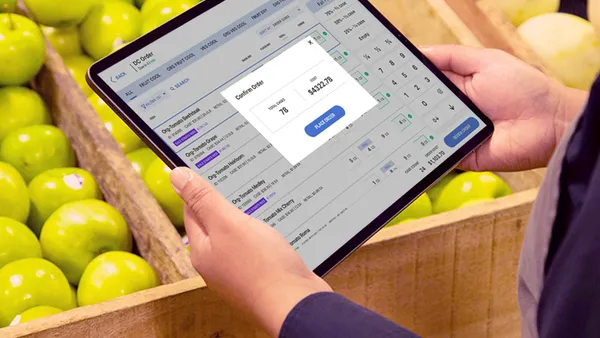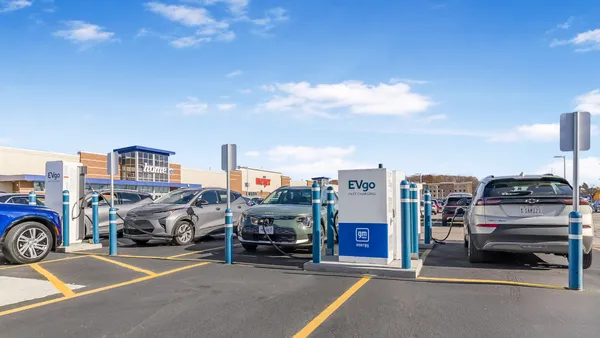Shopper behaviors and habits that emerged during the pandemic, including increased resourcefulness, heightened comfort levels with technology, and adoption of "phygital" elements, are here to stay. For today's grocer, simply meeting customer needs and expectations is just the tip of the iceberg—they must keep up, or better yet, stay ahead of the curve to ensure longer-term loyalty and satisfaction. From hiring and staffing to mobile capabilities to personalization, grocers need to champion a digital transformation that involves exploring and testing new ideas, embracing change and continually blending digital and physical components to create elevated customer experiences (CX).
Staffing and Employee Training
For many grocers, hiring and retaining essential frontline workers to keep stores open continues to be a challenge. And while there is no quick fix for a nationwide labor shortage, reducing turnover is a good place to start. Although grocery employee wages have risen recently, many are leaving their positions, citing pandemic-induced burnout, low compensation, and generally feeling unappreciated. To stem the tide, grocers need to get creative when it comes to compensation, training, and employee benefits.
One way to drive education and combat turnover is by using digital signage and strategic messaging as communication vehicles to reinforce safety protocols and other job functions, especially when onboarding new employees. Grocers can use workplace digital screens to recognize, thank and encourage staff. Stores can use digital screens and overhead messaging to engage potential job prospects as well. Rather than trying the typical "we are hiring" message, grocers can further stand out by promoting specific career advancement opportunities in their front-of-house.
Mobile apps that drive brand loyalty
During the pandemic, shoppers became more comfortable using mobile resources to make the in-store experience quicker, easier and more rewarding. Why wander aisle-to-aisle when you can order your groceries online, especially when your local supermarket knows what you routinely purchase and can identify and recommend items for you? Moving forward, customers will continue to expect mobile apps that integrate online ordering capabilities, digital coupons, loyalty rewards (e.g., fuel savings), product recommendations, and order pick-up and delivery options. Grocery stores must invest in these solutions for the long term, or risk falling behind.
Exceptional in-person experiences
Post-pandemic, most shoppers really enjoy getting back to a physical shopping experience, but some still have lingering health concerns and uncertainty when it comes to public spaces. Do I need to wear a mask? Should I wipe down my shopping cart? Do I still need to social distance in the checkout line? Although many shoppers aren't visiting stores as often as they did before the pandemic, when they do visit, they often spend more money per visit, are more focused on what they are shopping for, and tend to purchase items that last longer.
Grocers can key into these insights and reach those shoppers before they enter the store, or hit them up with offers while in-store. To do so, stores can use strategic messaging on their televisions, in-store digital signage, and overhead messaging to highlight everything from brand promotions and discounts, to store hours, fresh food sources, health and safety protocols, seasonal items, loyalty savings and more.
Providing a consistent "phygital" experience
Shoppers will continue to expect a cohesive digital and in-person experience that reflects brand ideals and meets their needs for fast, friendly, and personalized service. That requires strategy and technology. At scale, grocers can take advantage of flexible, cloud-based solutions that merge disparate data sources and integrate emerging technology, from at-home voice ordering technology, to AI that knows which items are in your shopping cart. By empowering shoppers before they get to the store and using technology in-store that reinforces their purchases with promotions, recommendations and other insights, grocers can make the most of this new shopping paradigm.
Personalization
Lastly, grocers can create personalized experiences by properly collecting and leveraging shopper data in their overall marketing and CX efforts. Stores must invest in devices, software, and employee training that allow brands to more easily tap into different shopper profiles with a touch of a button, or enable more personalized experiences when a person enters the store, like incorporating custom messaging on a kiosk or digital menu board depending on specific data points.
Although the digital transformation to meet today's shopper expectations requires investing in staffing and technology, grocers can realize an enormous return in customer spending and loyalty if done properly. Using technology to personalize the experience, seamlessly connecting digital resources with in-store offerings, and using strategic visual and overhead messaging are the building blocks to long-term success.

